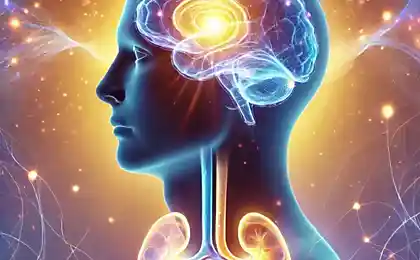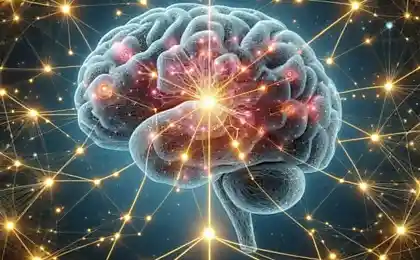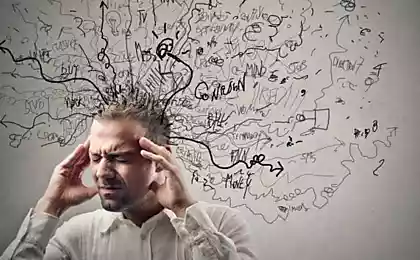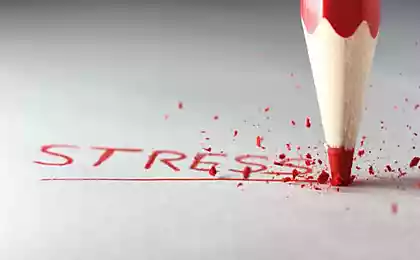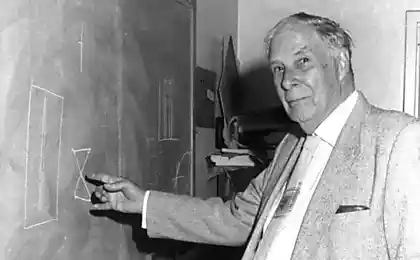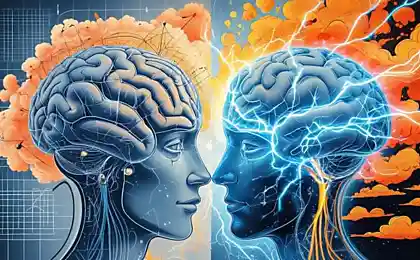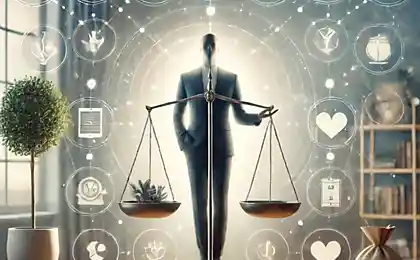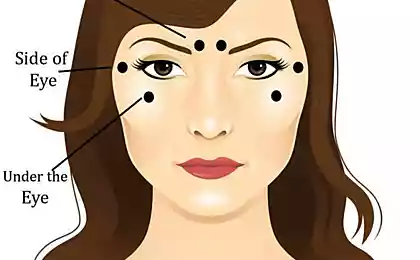203
10 Strategies Against Work Stress: How to maintain mental clarity and control

How to Tame a Working Dragon: 10 Unobvious Ways to Reduce Stress
Stress at work is not an enemy, but an indicator. Like a volcano, it signals that the system is close to overheating. But instead of dealing with symptoms, we suggest rethinking the approach. Based on neuroscience and cognitive psychology research, a guide to fine-tuning your professional life.
1. Create a "cortisol compass"
The stress hormone cortisol is not an antagonist, but a navigator. Studies show that its peaks help focus, but chronically elevated levels destroy neural connections. Solution: Every 90 minutes, record your emotional temperature on a scale of 1-10. At 7+ - 5-minute reboot: breathing 4-7-8 (inhale-delay-exhale) or walking without gadgets.
2. Implement "attention micropause"
Scientists at the University of Illinois have shown that 40 seconds of contemplation of nature (even on the screen) reduces cognitive fatigue. Set wallpaper with a forest landscape and practice “digital foresting” before complex tasks – conscious immersion in the visual natural environment.

3. Design anti-stress rituals
Neuroscientist Caroline Leaf, in his book Cleaning Up Garbage, suggests: Create a personal “switching ritual” – an action that breaks the chain of stress response. Example:
- After a conflict meeting - 3 minutes fold origami
- Before a complex call - set up an aromatic lamp with bergamot
4. Optimize your “cognitive baggage”
According to a University of California study, making 35+ microsolutions a day depletes the prefrontal cortex. Decision:
Automate your routine:
- Single template for letters
- Fixed lunch menu
- Smart filters in the mail
5. Practice "tactile anchor"
Psychologists from MIT found that tactile stimulation reduces cortisol production by 18%. Carry an “anti-stress object” in your pocket – a polished stone, spinner ring, or silk flap. In moments of tension, focus on its texture.

6. Binaural rhythms for focusing
The Frontiers in Human Neuroscience study confirms that sounds with a frequency difference of 8-12 Hz (alpha rhythm) increase concentration. Use headphones with binaural beat tracks while working with numbers or reports. Example: 15 minutes of music at 100 Hz in the left ear and 108 Hz in the right.
7. Working yoga in 5 minutes
According to the Journal of Psychosomatic Medicine, micro-practices of yoga reduce cortisol by 14%:
- Mountain pose (Tadasana) at the table: 1 minute
- Sitting twist: 30 seconds in each direction
- Breathing "cooling" (Shitali): 7 cycles
8. Digital detox on schedule
Data from Nature show that a 25-minute break from screens every 2 hours improves emotional intelligence. Configure your smartwatch with reminders:
- Close your eyes and massage your whiskey.
- Clear the room.
- Rinse your face with cool water

9. Emotional mapping
A method proposed by psychologist Mark Brackett of Yale University: draw a “map of emotions” of the day in a notebook. Divide the sheet into zones:
- Stress triggers (red)
- Resource moments (green)
- Uncompleted tasks (yellow)
10. The principle of two-minute response
From the GTD (Getting Things Done) method, if a task requires less than 120 seconds, complete it immediately. Reduces "mental noise" by 23%, according to a study by Carnegie Mellon University. Examples:
- Short response to email
- Signature of the document
- Calendar update
Glossary
cortisol
Stress hormone that regulates metabolism and immune response
Prefrontal cortex
Brain area responsible for decision-making and self-control
Binaural rhythms
Audio effect, creating the illusion of a third tone due to the difference in frequencies in the ears
GTD (Getting Things Done)
Productivity methodology developed by David Allen
Stress is not what happens to you, but how you interpret it. Hans Selyer, founder of stress theory
7 Philosophical Concepts That Break Reality
Good with a double bottom: 9 actions that betray your hypocrisy
